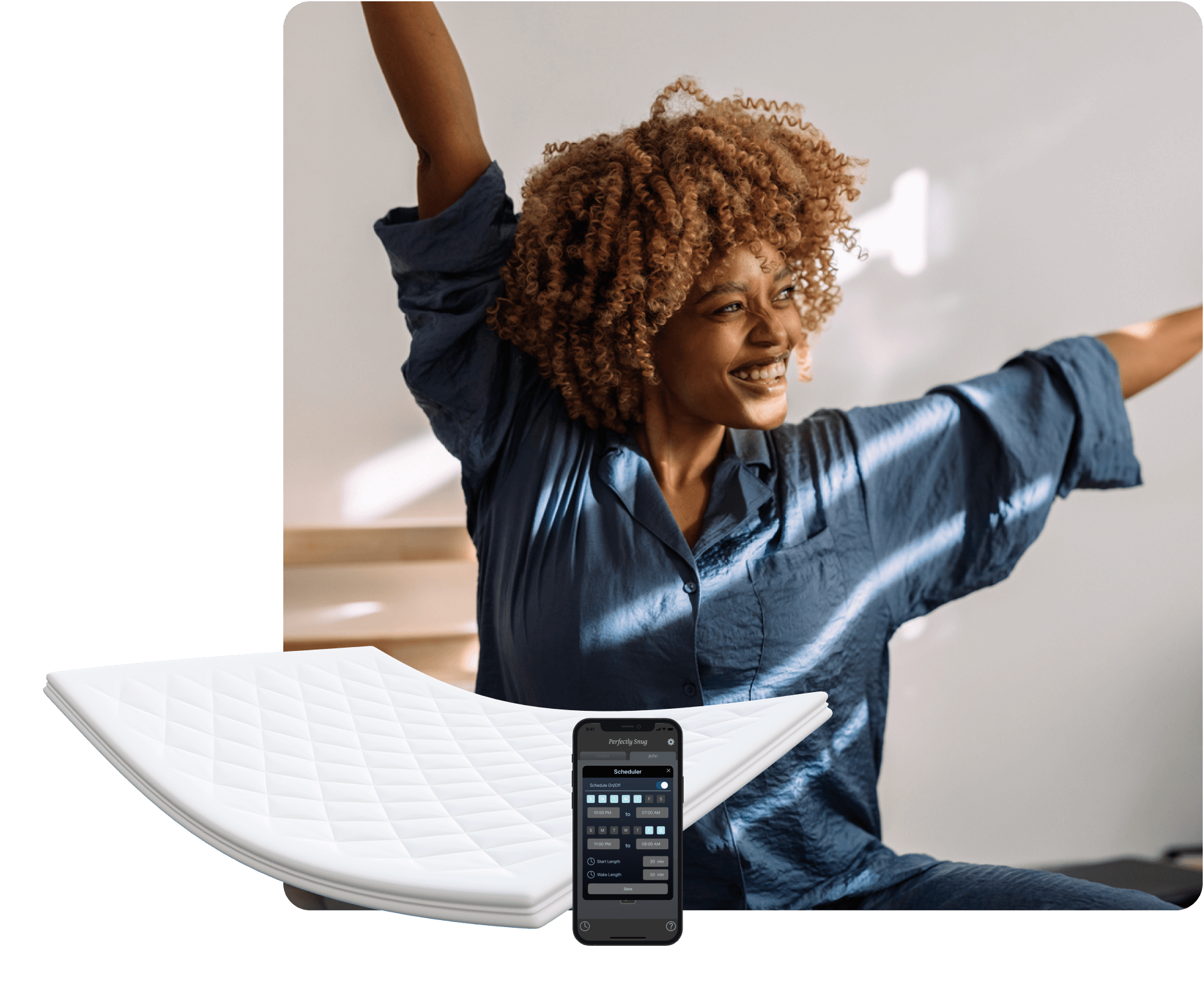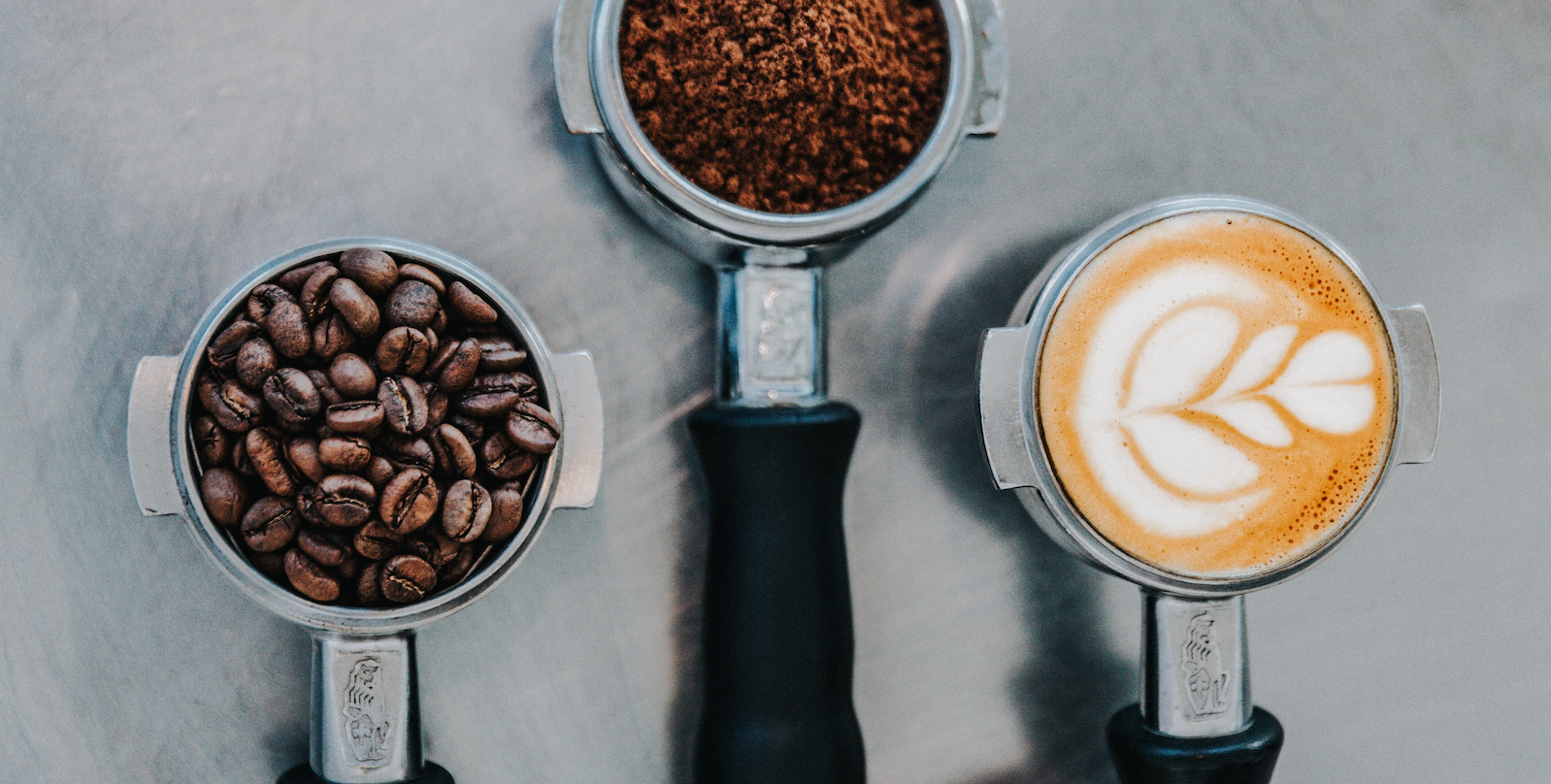It takes some trial and error to optimize your nap time and learn what nap length, type, and strategy might be best for you.
Generally, naps should last 20-90 minutes, but the optimal nap length varies based on age, lifestyle, and health needs. For example, newborns need 14–17 hours of sleep, while seniors only need seven to eight hours. It’s better to take a nap earlier in the day because it’s less likely to negatively impact your sleep at night.
You may feel more tired after naps longer than 30 minutes because you wake up in the middle of a sleep cycle. Shorter naps are preferred, but longer naps can be beneficial if you miss out on sleep during the night or feel sick. You want to nap long enough to get a bit of rest without waking up feeling groggy.
You can test a few different nap strategies based on your sleep goals and needs. For example, if you want to feel refreshed without interrupting your sleep cycles, take a 10-20 minute power nap. Try out some of the most common nap types below to nail your nap strategy.
- Power Nap (10-20 Minutes) — Get a boost of energy when you’re short on time.
- Recovery Nap (90 Minutes) — Make up for lost sleep.
- Prophylactic Nap (90 Minutes) — Prepare for a sleepless night. (for people who know their sleep will be interrupted that night).
- Appetitive Nap (10-90 Minutes)— Just because, who doesn’t enjoy a nap?
- Fulfillment Nap (30+ minutes)— Taken by a child who needs to catch some extra zzzs.
- Caffeine Nap (20 minutes) — Timed after having caffeine, so you wake up as it kicks in.
- Essential Nap (10-90 Minutes)— when feeling sick or under the weather.
What’s your favorite type of nap?





